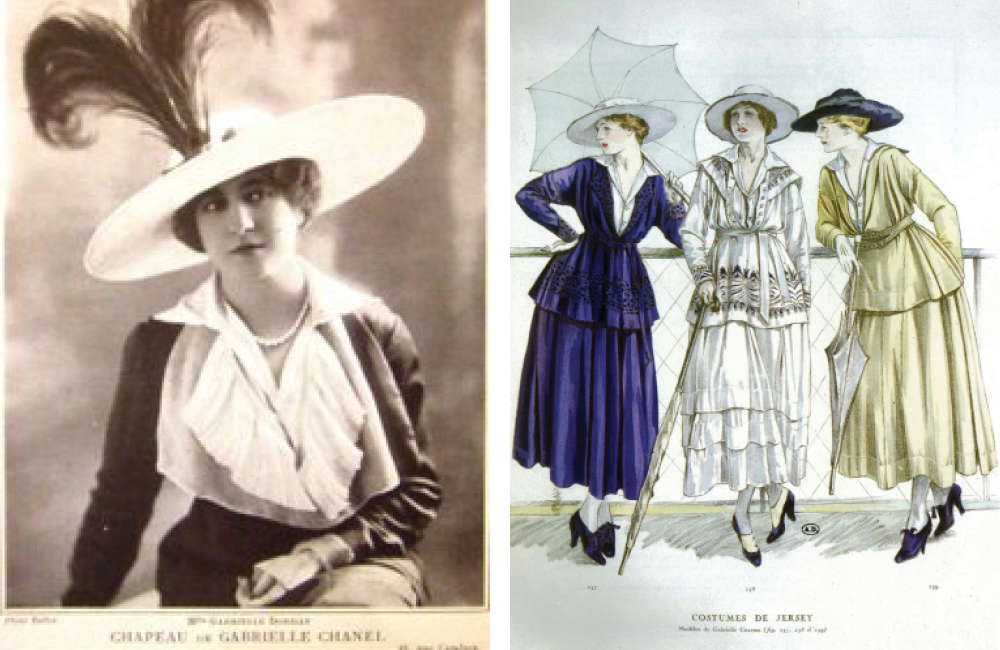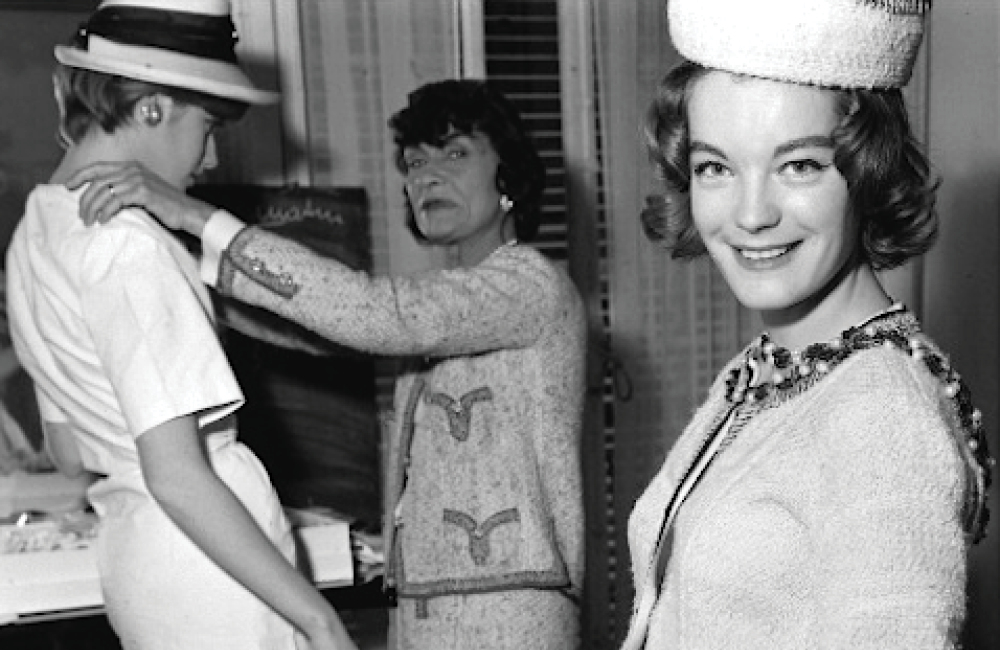Coco Chanel: Hats to Haute Couture
Mục lục
Coco Chanel
Several well-known fashion designers, including Jeanne Lanvin, Lucile and Halston, started out as milliners. The iconic Coco Chanel also took this career path.
Rags to Riches
Gabrielle Bonheur Chanel (1883-1971) was born in Saumur, France. When her mother died, Chanel’s father took his daughters to an orphanage to be raised by nuns. She was 12 years old at the time. Life was difficult and the nuns were very strict but, fortuitously, she was taught how to sew. When she turned eighteen, Chanel left the orphanage for a group home in Moulin where she attended school and found a job as a seamstress for a local draper.
While living in Moulin Chanel worked as a cabaret singer, picking up the nickname ‘Coco.’ In 1904 she met French textile heir Etienne Balsan and became his mistress. She moved into his chateau at the age of 23 and her lifestyle changed dramatically as she was introduced to high society and a life of luxury.
With so much free time on her hands, Chanel began making hats to keep herself occupied. Balsan offered to help her start a millinery business and her hobby became an enterprise. She sold her hats from the ground floor of his Parisian flat. Boaters were one of her early signature styles, as she started out by buying basic straw hats and styling them with simple trimmings.
Establishing the House of Chanel

In 1908 Chanel left Balsan for Arthur ‘Boy’ Capel, an English polo player. Capel encouraged, and funded, her to follow her dreams and become a Parisian milliner. She opened her first independent hat shop, Chanel Modes at 21 Rue Cambon, in 1910. Located near the Ritz, many of the hotel’s wealthy guests became her customers. In 1912, actress Gabrielle Dorziat (above left) wore a Chanel Modes hat in the play Bel Ami, giving the label a real boost. Chanel was soon making hats for most of the leading ladies of Parisian theatre.
Chanel opened a boutique in the fashionable French seaside resort of Deauville in 1913. This was when her transition from milliner to fashion designer began. As her empire grew, she also opened a salon in Biarritz. She presented her first couture collection, featuring simple wide brim hats and jersey dresses, in 1916.
The House of Chanel was a well-known name by the 1920s. In collaboration with perfumer Ernest Beaux, the designer launched her classic Chanel No5 fragrance. Then, when she unveiled her ‘little black dress’ in 1925, she truly established herself as one of the fashion world’s greatest influencers. When World War II broke out, however, Chanel closed her business and laid off all of her workers. She stayed out of the spotlight for years, not returning to the industry until the early 1950s, at the age of 70, to relaunch her brand.
The Chanel Legacy

Despite her humble beginnings, Chanel moved in the highest social circles throughout her life, counting Winston Churchill and Pablo Picasso amongst her friends. She never married but was romantically linked to many high profile men, including composer Igor Stravinsky and England’s Duke of Westminster. Her involvement with a Nazi officer during WWII led to unsubstantiated rumours that she was a German spy.
Chanel was a lifelong hat wearer and was especially fond of boaters and Bretons. Like her clothes, her hats had a timeless, refined design. Her style was strongly influenced by the austere simplicity of her early years in the orphanage, while her goal was to create luxury with comfort. She used clean lines with neutral tones to design with a casual elegance.

Chanel hats marked a transition from oversized, ornate, Edwardian styles, decorated with birds and large plumes, to the more modern styles of the mid-twentieth century which remain popular today.
Coco Chanel died in her apartment at the Hotel Ritz in Paris at the beginning of 1971. Her funeral was held at the Church of the Madeleine. The House of Chanel, later led by Karl Lagerfeld, remains an important name in the fashion industry to this day.






